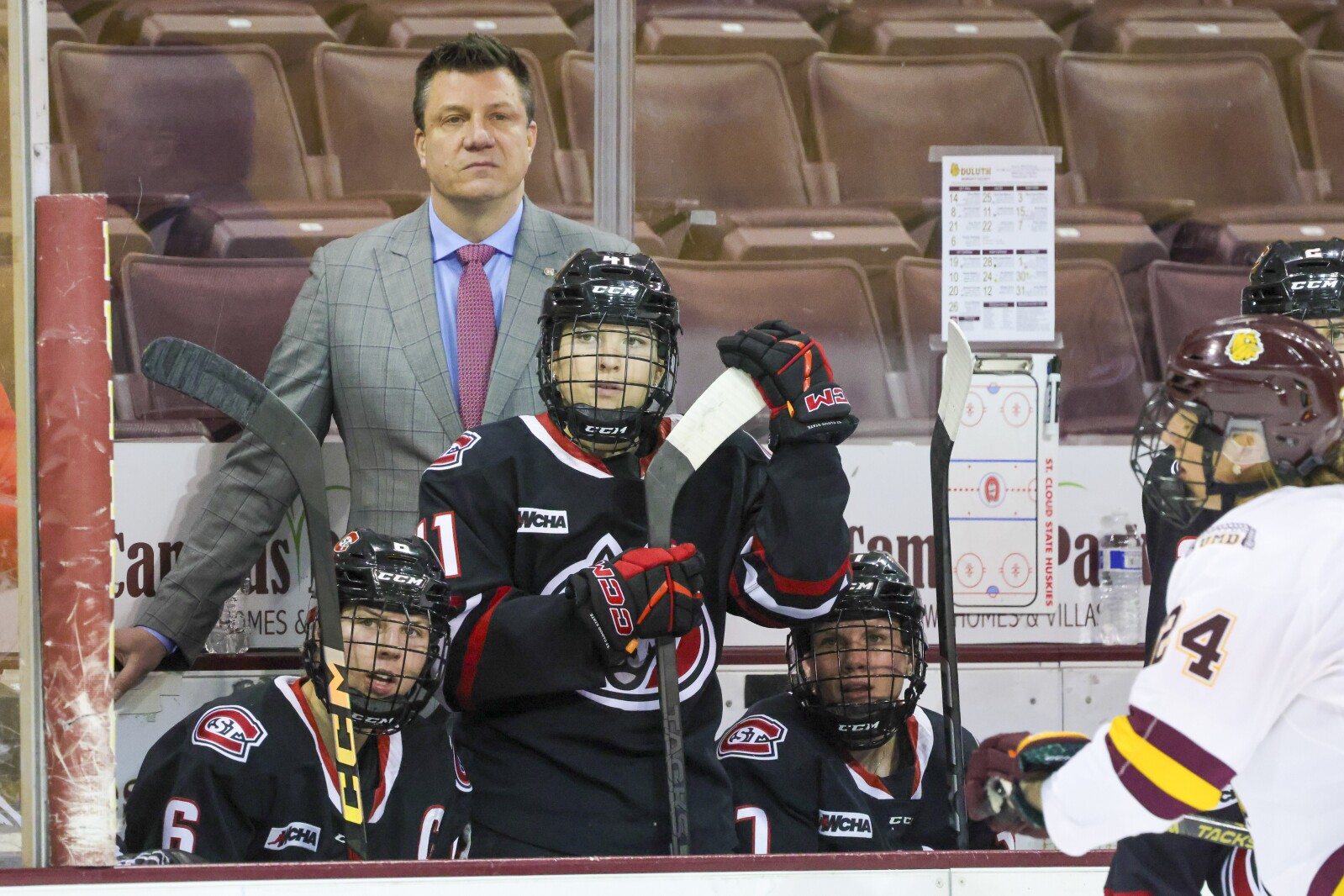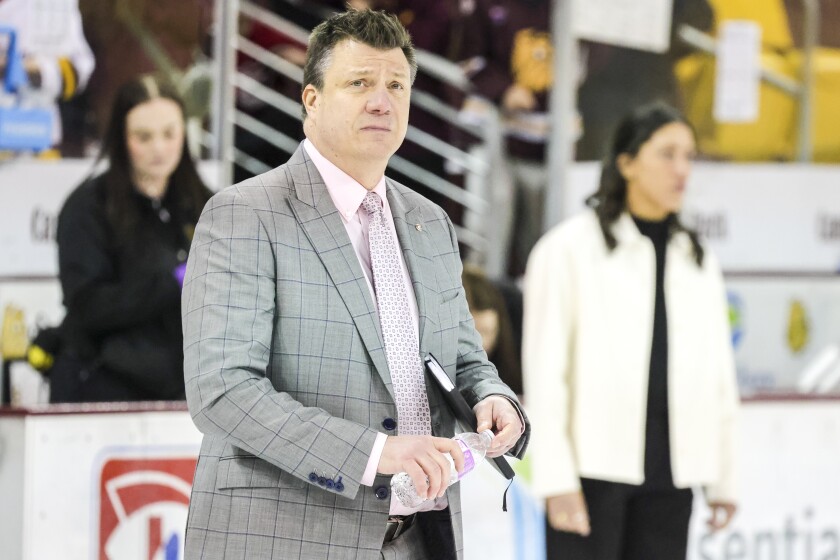HARRISBURG — Pennsylvania’s state budget is going to be late for the fourth year in a row.
It’s relatively common in Harrisburg for deals to be delayed a week or two as lawmakers hash out final details. But the depth of the current disagreements could make this impasse longer. And as past deadlocks have shown, delays can have real consequences for publicly funded services, from libraries to schools to child welfare programs.
Top lawmakers and staff for Democratic Gov. Josh Shapiro, state House Democrats, and state Senate Republicans have been meeting behind closed doors. But to reach a deal for the coming fiscal year, which begins July 1, they will have to navigate “very deep philosophical differences,” Senate Majority Leader Joe Pittman (R., Indiana) told reporters last week.
“It is slow-moving, and it is tedious work,” Pittman added.
Pennsylvania currently has a budget surplus — about $11 billion — but has been steadily spending through it, in large part because the state has a longstanding structural deficit, which means it spends more every year than it takes in.
Shapiro and fellow Democrats, who control the state House, want to use $5 billion from the surplus to fund what they see as bedrock needs, including increasing funding for K-12 education, bailing out struggling public transit agencies, and maintaining health coverage for low-income people.
Republicans in charge of the state Senate want to reduce — or at least slow the growth of — this spending, which they say will prevent the need for future tax increases.
There are few revenue proposals on the table. One viable option is regulating and taxing skill games, the slot-like terminals that have popped up in bodegas, taverns, and VFWs across the commonwealth. But a messy fight between state Senate Republicans and the game’s producers and purveyors has cast doubt on the possibility of a deal.
All of these competing visions make it likely a deal won’t be finalized for days, if not weeks, despite a ticking clock for transit agencies like Philadelphia’s SEPTA to forestall deep service cuts, along with growing uncertainty for human service providers.
That delay, top policymakers in both parties say, is the cost of doing business.
“We would love to have that deal done on June 30,” said state Rep. Jordan Harris (D., Philadelphia), who chairs the House Appropriations Committee. “But if that deal is, you know, a few days after June 30, but it reflects our priorities, I think that is a win for all of Pennsylvania.”
Added Pittman: “We have seen this movie before, and on July 1, the sun will come up, and I don’t think the good people of Pennsylvania will see any notable difference in their daily lives.”
While the state has a constitutional obligation to pass a balanced budget by June 30 each year, missing that deadline by a few weeks typically doesn’t interrupt operations much.
There are two major parts of the budget. One is a spending plan that provides a blueprint for the commonwealth’s financial outlays and revenue collections for the fiscal year. The other consists of one or more code bills, pieces of legislation that specify how money is spent, and can include dozens of policy tweaks.
Even without a spending plan, the commonwealth must pay its employees and debts, and cover its share of federal programs like Medicaid, among other obligations.
Schools and county services, like child welfare offices and mental health and drug treatment, will face a crunch only if a spending plan delay stretches into a weekslong impasse. A smaller pool of funding recipients can suffer if certain code bills are late — in the past, these have included libraries and community colleges.
All of this depends, however, on the particulars of the budget talks.
The last time the state got a real taste of late budget consequences was in 2023 — Shapiro’s first year negotiating a deal — when talks broke down over whether to fund private school vouchers with taxpayer money. Lawmakers didn’t pass a spending plan until early August.
In the meantime, the state missed tens of millions of dollars in payments to public universities, community colleges, special education programs, and day care and preschool programs.
These programs, along with other recipients of state funding, such as county child welfare offices, typically have some reserves that allow them to weather a missed state payment or two. But longer delays can cause them to start cutting services or taking out loans.
In 2023, most didn’t have to wait that long. The bulk of the state’s regular spending resumed when the spending plan passed in August.
However, lawmakers that year remained bitterly deadlocked over key code bills that were needed to authorize more than a billion dollars’ worth of spending. The stalled items included money for community colleges, libraries, poor school districts, public defense, and a popular home repair program.
These unlucky organizations had to tighten their belts while they waited for the legislature to compromise. A community college administrator told Spotlight PA at the time that colleges either had to dig into reserves or take on loans. A library director in the Poconos said she had to cut programming.
Tensions finally thawed in November, and Shapiro authorized a few of the stalled spending items, including a measure increasing reimbursements to ambulance services. But the deal wasn’t totally finalized until mid-December — six-and-a-half months after the deadline.
A history of impasses
Budgets like that one aren’t the norm, but they also aren’t unheard of.
In the past 20 years, the state has passed 13 late budgets. This year’s budget will likely be the 14th.
(For this count, Spotlight PA is considering a budget to be passed when lawmakers have approved an entire spending plan and enabled most state money to keep flowing — even though, as in 2023, the entire deal might not be sewn up.)
Most of those spending plan delays were short, but two, in 2009 and 2015, went for more than 100 days. Those long impasses left a lasting mark on relationships in Harrisburg, and in the case of the 2009 deadlock, on state law.
In 2009, Democratic Gov. Ed Rendell, a Democratic-controlled state House, and a Republican-led state Senate received national attention for a 101-day impasse as the state struggled to deal with a revenue shortfall amid the Great Recession. Rendell wanted to raise taxes. Republicans wanted to slash spending. And for months, neither side wavered as the state missed payments to K-12 schools, social services, and many other programs.
State employees also missed paychecks and agencies essentially shut down in July, leading to protests in the Capitol, before Rendell signed a partial plan that allowed them to resume operations.
That interruption led to a sea change in the commonwealth — the state Supreme Court ruled that the federal Fair Labor Standards Act overrode state constitutional language that said most state funds couldn’t be spent without an enacted budget. In other words, an impasse no longer meant state workers going unpaid.
It was a relief for state workers, but had the side effect of getting rid of one of the most potent disincentives for a late deal.
The 2009 impasse wasn’t Harrisburg’s worst in recent memory, though. In 2015, former Democratic Gov. Tom Wolf, who was then in his first term and working with a fully Republican-controlled legislature, presided over a record nine-month standoff.
That year’s impasse resembled 2009’s in a few ways. Pennsylvania was still struggling for revenue, and Wolf wanted to raise taxes while Republicans adamantly refused. While state workers still got their paychecks, other government-funded services were hard hit.
Among them were schools. Some had to cancel tutoring, electives, and extracurriculars. State-subsidized pre-K programs had to temporarily shut down, and domestic violence centers also dealt with short-term closures.
Wolf’s approval ratings also took a temporary hit, and the experience shaped state politics for the rest of his tenure. Despite a chronic structural deficit, across two terms Wolf never convinced the legislature to raise sales or income taxes, and there haven’t been serious attempts to do so since.
This year, few in Harrisburg predict another record-setting impasse, though concerns about a deadlock running into fall are on many lobbyists’ minds.
Whatever the end date, the process is frustrating for rank-and-file lawmakers, who have to wait for leaders to come to a deal in closed-door talks, then quickly weigh and vote on that proposal, often in a matter of hours.
“I wish we’d start the process a lot sooner,” state Rep. Jason Ortitay (R., Washington) told Spotlight PA.
Because while “everybody knows” the legislature won’t make the deadline, Ortitay added, “nobody says it.”
BEFORE YOU GO… If you learned something from this article, pay it forward and contribute to Spotlight PA at spotlightpa.org/donate. Spotlight PA is funded by foundations and readers like you who are committed to accountability journalism that gets results.



 — emjae frazier (@EmjaeFrazier) May 27, 2025 Career Highlights Frazier has three perfect 10.0s in her career. She was the first to ever […]
— emjae frazier (@EmjaeFrazier) May 27, 2025 Career Highlights Frazier has three perfect 10.0s in her career. She was the first to ever […]



 https://t.co/aPBQ3z7zb4
https://t.co/aPBQ3z7zb4 


























































